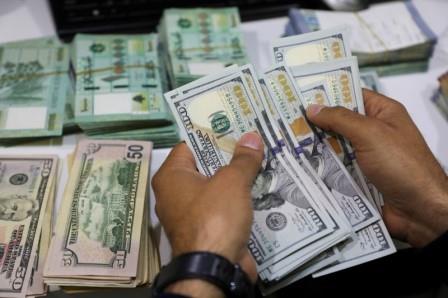LONDON (UK) – The US Federal Reserve signalling to raise interest rates and end emergency bond-buying sooner than expected not only surprised the market but also led to extended gains of the dollar.
Fed officials on Wednesday projected an accelerated timetable for rate increases, began talks on how to end the emergency bond-buying, and said that the COVID-19 pandemic was no longer a core constraint on U.S. commerce.
A majority of 11 Fed officials pencilled in at least two quarter-point rate hikes for 2023, adding in their statement that they would keep policy supportive for now to encourage a labour market recovery.
U.S. Treasury yields rose by the most since early March, while equities fell.
Having on Wednesday clocked its biggest daily gain since March 2020, the dollar steady during Thursday’s Asian session and extended gains as European markets opened.
At 0720 GMT, the dollar index was up 0.2% on the day at 91.613, its highest in two months. The euro dropped versus the dollar, with euro-dollar changing hands at a two-month low of $1.1951.
“We think USD will hold on to its gains,” Elsa Lignos, global head of FX strategy at RBC Capital Markets, wrote in a note to clients.
“In order to build on those gains, we need some further positive data surprises.”
Deutsche Bank strategists said they were closing their long euro-versus-dollar trade recommendation, which was based on the Fed being dovish.
“One thing is clear: the Fed is no longer willing to push back on market pricing nor is it as committed to its transitory inflation narrative,” the bank said in a note to clients.
“We see the combined effects as dollar bullish: there is greater scope for a front-end real rate repricing in the US yield curve rather than just breakevens, as well as room for higher volatility.”
The pound and Canadian dollar – which had benefited from the expectation that their respective central banks would tighten policy more quickly than the Fed – lost out. Both fell to a six-week low versus the U.S. dollar.
But the Kiwi dollar strengthened after data showed New Zealand’s economy grew much faster than expected in the first quarter. At 0726 GMT, it was up 0.3% on the day at $0.70645.
With equity markets in the red, the Australian dollar – seen as a proxy for risk appetite – was little changed at $0.7613, having hit a two-month low earlier in the session.
Australia also had upbeat data, with job creation beating expectations in May and unemployment diving to pre-pandemic lows.
Such strength will challenge the Reserve Bank of Australia’s (RBA) position that a rate hike will not come until 2024, a stance reaffirmed by RBA Governor Philip Lowe on Thursday.
Among cryptocurrencies, bitcoin was trading around $39,300, slightly up on the day. Ether was up 3.8% at $2,436.













